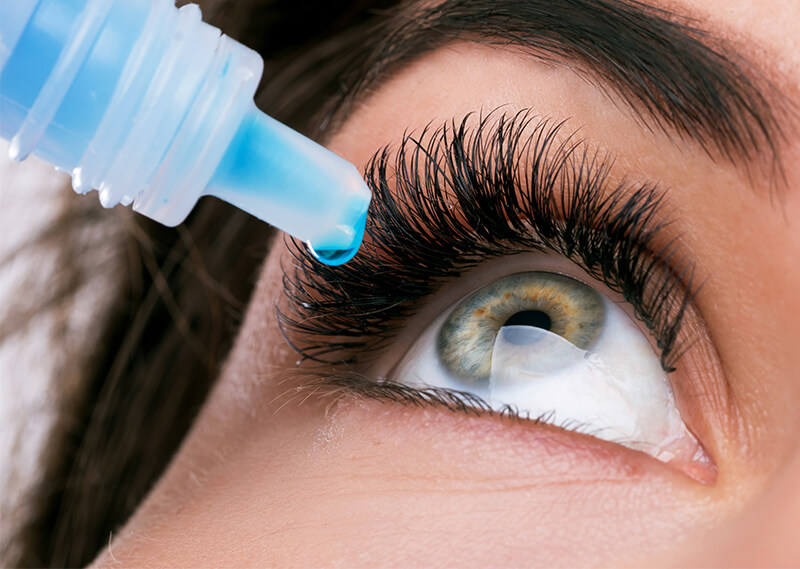
Pharmacologic testing confirms the diagnosis of pharmacologic mydriasis:Ī. Ocular conditions that keep a large pupil from constricting include: posterior synechia, angle closure glaucoma, previous ocular surgery, ocular trauma, pseudoexfoliation syndrome, and chronic mydriatic use can produce mydriasis of various sizes the pupil is not or is poorly reactive to light. What diagnoses should we worry about for a patient with an isolated third nerve palsy with mydriasis?

Do all 3rd nerve paresis have pupillary involvement?ġ1. Is complete mydriasis likely to be related to a 3rd nerve paresis?ġ0. Is isolated mydriasis likely to be caused by a 3rd nerve paresis?ĩ. What may happen to the size of the pupil over time in the Adie syndrome?Ĩ. What topical drop is used to confirm the presence of Adie pupil syndrome?ħ. What explains the light-near dissociation classically found in Adie tonic pupil syndrome.Ħ. What are the clinical symptoms and signs of Adie tonic pupilĥ. What are two conditions that cause mydriasis via the parasympathetics?Ĥ. How does one test for pharmacologic mydriasis from topical agents?ģ. What are ocular disorders that keep a large pupil from constricting?Ģ. If you think you may have a medical emergency, call your physician or 911 immediately.1. By using this Site you agree to the following Terms and Conditions. We offer this Site AS IS and without any warranties. Never disregard the medical advice of your physician or health professional, or delay in seeking such advice, because of something you read on this Site.
CONSTRICTION OF PUPIL EYEDROP VETERINARY PROFESSIONAL
We disclaim all responsibility for the professional qualifications and licensing of, and services provided by, any physician or other health providers posting on or otherwise referred to on this Site and/or any Third Party Site. MedHelp is not a medical or healthcare provider and your use of this Site does not create a doctor / patient relationship. It is not intended to be and should not be interpreted as medical advice or a diagnosis of any health or fitness problem, condition or disease or a recommendation for a specific test, doctor, care provider, procedure, treatment plan, product, or course of action. The Content on this Site is presented in a summary fashion, and is intended to be used for educational and entertainment purposes only.

Has anyone had success by diluting Pilocarpine? Thanks.

Also, I did come across a research paper that said the constricting effect of Pilocarpine is proportional to its strength, and did try diluting mine without much success - but that was a very amateur attempt involving salt water, so maybe that's why it didn't work. So to my question: are there other pupil-constricting drugs out there I could try? A glaucoma website I visited lists quite a few drugs with a pupil-constricting effect, but I'm not sure if people without glaucoma can take them. Sure enough, I looked up Alphagan, and found that asthmatics shouldn't take it, as it increases attacks. Unfortunately, I'm an asthmatic, and suddenly noticed I was having far more attacks. And so I asked my general doc to try me on Alphagan, and this has been much more successful: it constricts the pupil just enough to take away the glare, and its effects last longer. Also, I've read that if you use them for long enough, the pupil constriction is permanent, making eye examinations and other surgical procedures difficult (the surgeon never told me THAT). His solution was to prescribe Pilocarpine eye drops to constrict the pupils, and although they were very effective, they had three disadvantages: (1) they gave me 'brow ache', (2) the effect wasn't long-lasting and worst of all, (3) they contricted my pupil way down to pinhead size, meaning that my night vision was almost gone. But despite this, I've suffered terribly from glare and halos, and despite what the surgeon said, I haven't neuroadapted at all. Last May I had cataract surgery on both eyes, and in order to minimise the possibility of complications, I chose single-vision IOLs (Tecnis silicone).


 0 kommentar(er)
0 kommentar(er)
